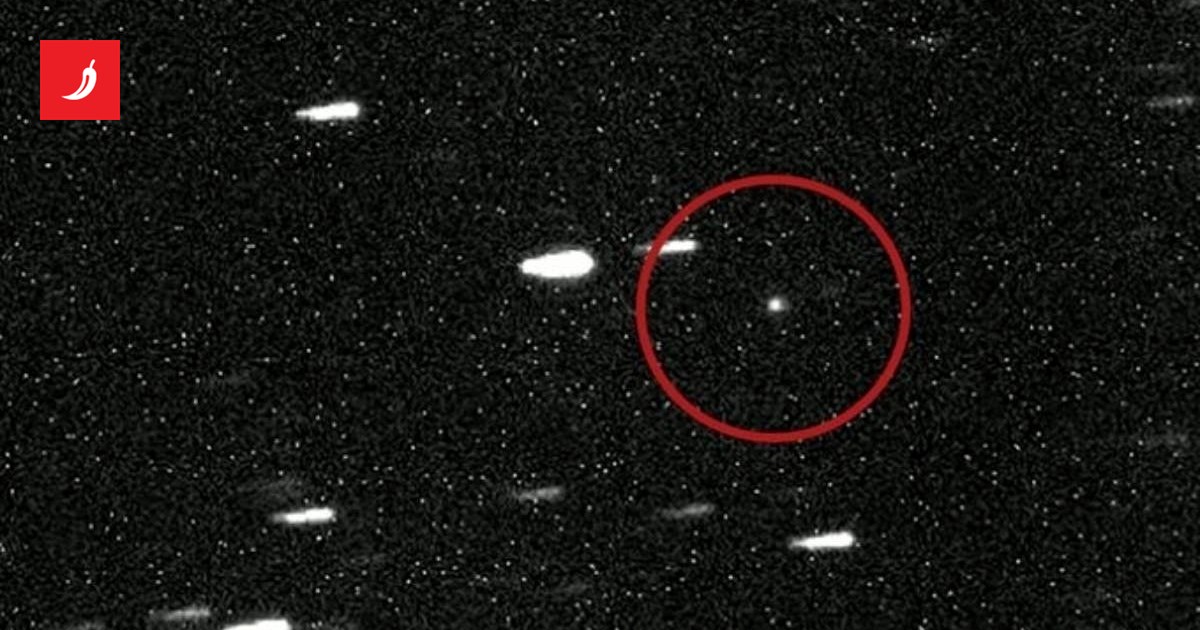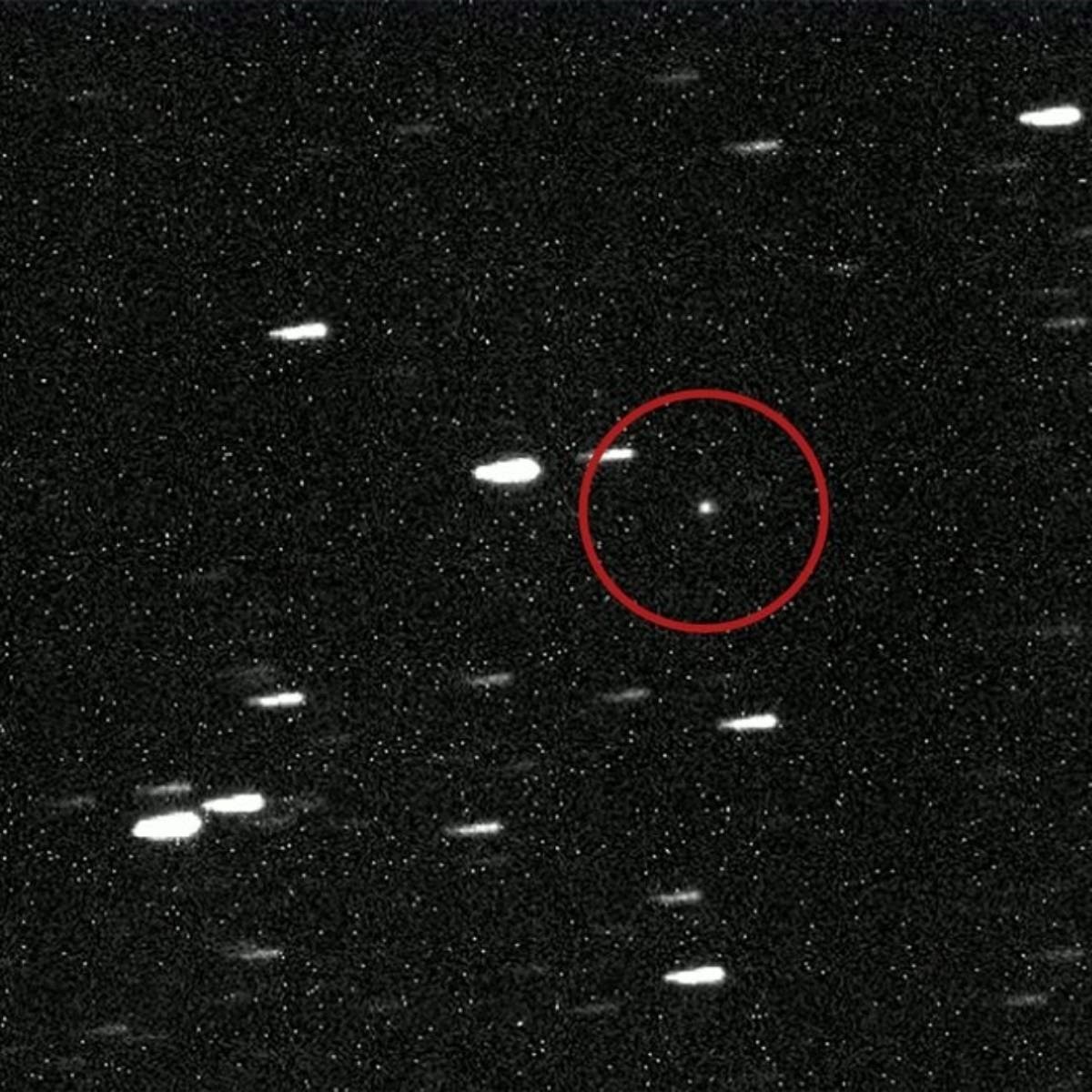Third Interstellar Object Racing Through Solar System: Not a Comet, Not an Asteroid, Then What?
Ready for some cosmic drama? Scientists have confirmed the discovery of the third known interstellar object speeding through our Solar System at a mind-blowing speed of about 59 kilometers per second! Yes, you read that right – 59 km/s! This mysterious visitor from deep space is named 3I/ATLAS, officially classified as a comet by NASA and the International Astronomical Union, even though it shows none of the usual comet features like a bright coma or tail.
What Exactly is 3I/ATLAS?
This object is so unusual that scientists are still unsure whether it’s a comet or an asteroid. With its elongated orbit and an eccentricity of 6.3 – far beyond any body in the Solar System – it’s clear it’s not gravitationally bound to the Sun. This means after it passes its closest point to the Sun on October 29, it will head back into interstellar space.
For comparison, the first confirmed interstellar object was ‘Oumuamua, discovered in 2017, and the second was comet 2I/Borisov, discovered in 2019. Unlike those, 3I/ATLAS was identified and confirmed as interstellar within just a few days – a true cosmic express detection!
Where is it Now and Is It a Threat?
Currently, 3I/ATLAS is inside Jupiter’s orbit and will pass closest to Earth in December, but don’t panic – it poses no threat to our planet. Scientists estimate it to be about 20 kilometers long, a size that would cause alarm if it were headed our way, but luckily, this cosmic sprinter is just paying a brief visit.
Why Does This Matter?
The discovery of 3I/ATLAS isn’t just another cool space story. Scientists believe there could be many more such interstellar objects than previously thought. New research suggests thousands of similar objects from other star systems, like Alpha Centauri, may already be traveling the edges of our Solar System. Some, tiny as grains of sand, might regularly fall into Earth’s atmosphere unnoticed.
A New Era of Discoveries Thanks to Vera Rubin Observatory
Thanks to powerful new telescopes like the Vera Rubin Observatory in Chile, the chances of detecting these interstellar travelers are increasing. In just ten hours of test imaging, Rubin discovered several previously unknown asteroids, heralding a new era in space exploration. Should we expect more mysterious cosmic visitors soon? Looks like yes!
The Bottom Line
3I/ATLAS proves the Solar System isn’t a closed-off world but part of a vast, dynamic universe full of surprises. This mysterious object reminds us how little we know about space and how many mysteries await discovery.
So next time you look up at the night sky, wonder what else the universe has in store. Got theories or want to crack a joke about this interstellar tourist? Drop a comment and let the cosmic conversation begin!
Sources:
- NASA
- International Astronomical Union
- Vera Rubin Observatory
- Index.hr
- Blic.com
-
Vijesti.me







































